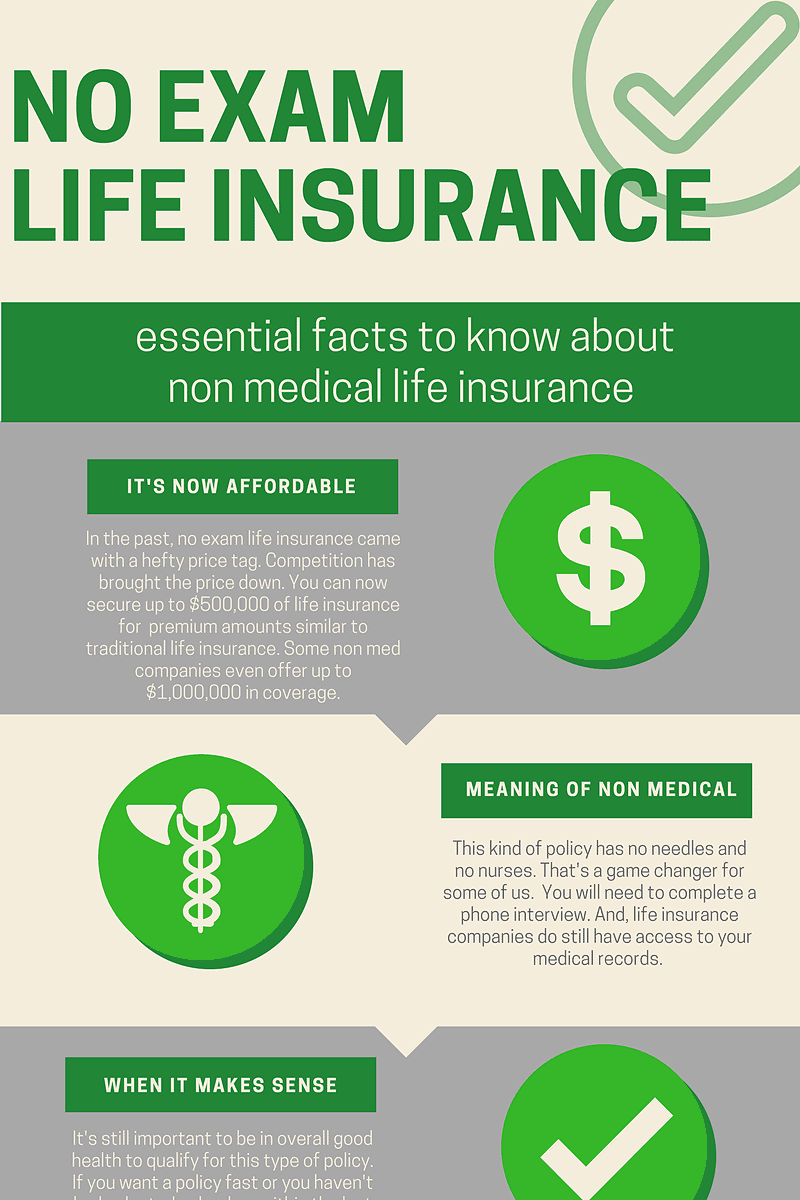Spinal Cord Injuries: A Common and Devastating Result of Car Accidents
Car accidents are a leading cause of spinal cord injuries, which can result in lifelong disability and even death. These injuries can range from minor strains to complete paralysis, and they can have a profound impact on the victim’s life.
The spinal cord is a bundle of nerves that runs from the brain down the back. It carries messages between the brain and the rest of the body, and it controls movement, sensation, and bodily functions such as breathing and digestion.
When the spinal cord is injured, these messages can be disrupted or blocked, which can lead to a variety of symptoms. These symptoms may include pain, numbness, weakness, paralysis, and difficulty with bowel and bladder function.
Common Spinal Injuries from Car Accidents
Neck Injuries
Neck injuries are the most common type of spinal cord injury from car accidents. These injuries can range from minor strains to complete paralysis, and they can be caused by a variety of factors, including:
- Head-on collisions
- Rear-end collisions
- Rollover accidents
- Sudden stops
Neck injuries can be very serious, and they can have a significant impact on the victim’s quality of life. Symptoms of a neck injury may include pain, stiffness, headaches, dizziness, and difficulty swallowing.
Thoracic Injuries
Thoracic injuries are injuries to the middle part of the spine. These injuries are less common than neck injuries, but they can be more serious. Thoracic injuries can be caused by a variety of factors, including:
- Penetrating injuries, such as gunshot wounds or stab wounds
- Blunt force trauma, such as from a car accident
- Falls from a height
Thoracic injuries can damage the spinal cord, which can lead to paralysis, loss of sensation, and difficulty with breathing.
Lumbar Injuries
Lumbar injuries are injuries to the lower part of the spine. These injuries are the least common type of spinal cord injury from car accidents, but they can still be very serious. Lumbar injuries can be caused by a variety of factors, including:
- Falls from a height
- Lifting heavy objects
- Sports injuries
Lumbar injuries can damage the spinal cord, which can lead to paralysis, loss of sensation, and difficulty with bowel and bladder function.
Common Spinal Injuries From Car Accidents
Car crashes are a major cause of spinal cord injuries, which are very serious and can have a life-changing impact. They can be caused by a variety of factors, including the force of the impact, the position of the body, and the type of vehicle involved. Motor vehicle crashes are the leading cause of spinal cord injuries in the United States. They account for approximately 35% of all spinal cord injuries. Falls, workplace accidents, sports injuries, and violence are also common causes.
The spinal cord is a bundle of nerves that runs from the brain down the back. It controls movement, sensation, and bodily functions such as breathing and digestion. Spinal cord injuries can damage these nerves, causing a loss of function in the areas of the body that they control.
The severity of a spinal cord injury depends on the location and extent of the damage. Injuries can be complete, meaning that there is no function below the level of the injury, or incomplete, meaning that some function remains.
Types of Spinal Cord Injuries
The most common types of spinal cord injuries are:
- Tetraplegia: This is a complete injury that affects all four limbs and the trunk. People with tetraplegia have no movement or sensation below the neck.
- Paraplegia: This is a complete injury that affects the legs and trunk. People with paraplegia have no movement or sensation below the waist.
- Cauda equina syndrome: This is an incomplete injury that affects the nerves in the lower back. People with cauda equina syndrome may have difficulty walking, incontinence, and sexual dysfunction.
Spinal cord injuries can be devastating, but there is hope. With the right treatment and support, people with spinal cord injuries can live full and productive lives.
Common Spinal Injuries from Car Accidents
Car accidents are a leading cause of spinal cord injuries, which can have a devastating impact on a person’s life. The force of a car crash can cause damage to the spinal cord, which is a bundle of nerves that runs from the brain down the back. This damage can lead to a variety of symptoms, including pain, numbness, weakness, and paralysis.
Common spinal injuries from car accidents include:
- Cervical injuries: These injuries occur in the neck and can cause damage to the spinal cord, nerves, and blood vessels. They can lead to a variety of symptoms, including pain, numbness, weakness, and paralysis in the arms and hands.
- Thoracic injuries: These injuries occur in the chest and can cause damage to the spinal cord, nerves, and blood vessels. They can lead to a variety of symptoms, including pain, numbness, weakness, and paralysis in the chest, abdomen, and legs.
- Lumbar injuries: These injuries occur in the lower back and can cause damage to the spinal cord, nerves, and blood vessels. They can lead to a variety of symptoms, including pain, numbness, weakness, and paralysis in the legs and feet.
Causes of Spinal Cord Injuries
Spinal cord injuries are typically caused by a sudden, forceful impact to the back or neck. These injuries can occur in several ways, including:
- Car accidents: Car accidents are a leading cause of spinal cord injuries. The force of a car crash can cause damage to the spinal cord, which can lead to a variety of symptoms, including pain, numbness, weakness, and paralysis.
- Falls: Falls are another common cause of spinal cord injuries. Falls from a height, such as from a ladder or a roof, can cause damage to the spinal cord, which can lead to a variety of symptoms, including pain, numbness, weakness, and paralysis.
- Sports injuries: Sports injuries can also cause spinal cord injuries. Injuries that occur during contact sports, such as football or hockey, can cause damage to the spinal cord, which can lead to a variety of symptoms, including pain, numbness, weakness, and paralysis.
- Acts of violence: Acts of violence, such as gunshots or stabbings, can also cause spinal cord injuries. These injuries can cause damage to the spinal cord, which can lead to a variety of symptoms, including pain, numbness, weakness, and paralysis.
- Medical procedures: In rare cases, medical procedures can also cause spinal cord injuries. These injuries can occur during surgery or other medical procedures, which can damage the spinal cord, which can lead to a variety of symptoms, including pain, numbness, weakness, and paralysis.
Common Spinal Injuries from Car Accidents: Knowing the Signs and Symptoms
Car accidents can be traumatic experiences, often resulting in severe injuries. Among the most common are spinal cord injuries, which can have life-altering consequences. Understanding the symptoms and potential long-term effects is crucial for seeking timely medical attention and navigating the recovery process.
Types of Spinal Cord Injuries
The spinal cord is a delicate structure that carries messages between the brain and the rest of the body. When damaged, these messages can be disrupted, leading to a range of symptoms. Car accidents are a common cause of spinal cord injuries, accounting for nearly half of all such injuries in the United States. The most common types of car accident-related spinal injuries include:
- Neck injuries: These injuries involve damage to the cervical spine, which protects the spinal cord in the neck. Common types include whiplash, herniated discs, and spinal fractures.
- Thoracic injuries: These injuries affect the thoracic spine, located in the upper back. They can result in pain, numbness, and weakness in the chest and arms.
- Lumbar injuries: These injuries occur in the lumbar spine, which supports the lower back. They can cause pain, sciatica, and leg weakness.
- Sacral injuries: These injuries affect the sacral spine, which is located at the base of the spine. They can lead to bowel and bladder problems, as well as weakness or paralysis in the legs.
The severity of a spinal cord injury can vary greatly, from minor sprains to complete paralysis. It depends on factors such as the location and extent of the damage.
Symptoms of Spinal Cord Injuries
Symptoms of a spinal cord injury can vary depending on the severity of the injury, but may include pain, numbness, weakness, and paralysis.
- Pain: Spinal cord injuries can cause severe pain, which can be sharp, burning, or shooting in nature. It may be localized to the injury site or radiate to other parts of the body.
- Numbness: Numbness is another common symptom of spinal cord injuries. It can affect one side of the body, both sides, or specific areas, such as the hands or feet.
- Weakness: Spinal cord injuries can cause weakness in the limbs, making it difficult or impossible to move them. This weakness can range from mild to severe, and may affect one or both sides of the body.
- Paralysis: Paralysis is the most severe symptom of a spinal cord injury. It occurs when the spinal cord is completely severed, resulting in a loss of all motor and sensory function below the injury level.
In addition to these symptoms, spinal cord injuries can also cause a range of other problems, including difficulty breathing, swallowing, and bowel and bladder control. The long-term effects of a spinal cord injury can be significant, and may include chronic pain, mobility impairments, and a loss of independence.
If you have been involved in a car accident and are experiencing any of these symptoms, it is important to seek medical attention immediately. Early diagnosis and treatment can improve the prognosis and minimize the long-term effects of a spinal cord injury.
Common Spinal Injuries from Car Accidents
Car accidents are unpredictable, often resulting in severe injuries. Among the most devastating are spinal cord injuries, which can range from minor strains to complete paralysis. Understanding the common types of spinal injuries sustained in car accidents can help you seek timely medical attention and make informed decisions about your recovery.
Types of Spinal Cord Injuries from Car Accidents
Whiplash: This is the most common spinal injury from a car accident, caused by the sudden back-and-forth movement of the head and neck. Symptoms may include neck pain, stiffness, headaches, and dizziness.
Herniated Disc: A herniated disc occurs when the soft center of an intervertebral disc pushes through its tough outer layer. This can put pressure on nearby nerves, leading to pain, numbness, and weakness in the arms or legs.
Spinal Stenosis: This condition occurs when the spinal canal, the space occupied by the spinal cord, becomes narrowed. Spinal stenosis can cause symptoms such as back pain, leg pain, numbness, and difficulty walking.
Spondylolisthesis: This is a condition where one vertebra slips forward over the one below it. It can cause back pain, leg pain, and numbness. Spondylolisthesis is more common in older adults.
Spinal Cord Contusion: This is a bruise to the spinal cord, which can cause temporary or permanent damage. Symptoms may include weakness, numbness, pain, and loss of bowel or bladder control.
Treatment for Spinal Cord Injuries
Treatment for a spinal cord injury depends on the severity of the injury and may include surgery, medication, physical therapy, and occupational therapy.
Surgery: Surgery may be necessary to stabilize the spine, remove herniated discs, or relieve pressure on the spinal cord. Surgery can help improve symptoms and prevent further damage.
Medication: Medications such as pain relievers, muscle relaxants, and anti-inflammatories can help manage symptoms of spinal cord injury. Steroids may also be used to reduce inflammation and swelling.
Physical Therapy: Physical therapy can help improve range of motion, strength, and balance. It can also help prevent muscle atrophy and promote healing.
Occupational Therapy: Occupational therapy can help you learn how to perform daily activities despite your injury. This may include adaptive techniques for dressing, cooking, and working.
Common Spinal Injuries from Car Accidents
Car accidents are a leading cause of spinal cord injuries, which can have devastating consequences. The force of a collision can cause the spine to be compressed, fractured, or dislocated, damaging the delicate nerves that run through it. Common spinal injuries from car accidents include:
- Neck injuries
- Thoracic spine injuries
- Lumbar spine injuries
- Sacral spine injuries
- Cauda equina injuries
The severity of a spinal cord injury depends on the location and extent of the damage. Some injuries may only cause temporary pain and discomfort, while others can result in permanent paralysis or even death. If you have been involved in a car accident, it is important to seek medical attention immediately to rule out any potential spinal injuries.
Preventing Spinal Cord Injuries
There are a number of things that you can do to prevent spinal cord injuries, including:
- Wearing a seatbelt
- Driving safely
- Avoiding activities that could put you at risk for a spinal cord injury
Wearing a seatbelt is the single most important thing you can do to prevent a spinal cord injury in a car accident. Seatbelts keep you in place and prevent you from being thrown around the vehicle, which can reduce your risk of suffering a spinal injury. You should always wear your seatbelt, even if you are only driving a short distance. Remember, you never know when a larger vehicle might hit your smaller one!
Driving safely is another important way to prevent spinal cord injuries. This means obeying the speed limit, avoiding distractions, and never driving under the influence of alcohol or drugs. If you are involved in a car accident, even a minor one, it is important to seek medical attention immediately to rule out any potential spinal injuries.
Finally, you should avoid activities that could put you at risk for a spinal cord injury. This includes sports such as football, rugby, and hockey, as well as activities such as diving, rock climbing, and bungee jumping. If you do participate in these activities, be sure to take all necessary precautions to minimize your risk of injury.
Spinal cord injuries are a serious problem, but they can be prevented. By following these simple tips, you can help to reduce your risk of suffering a spinal cord injury in a car accident.




Leave a Reply